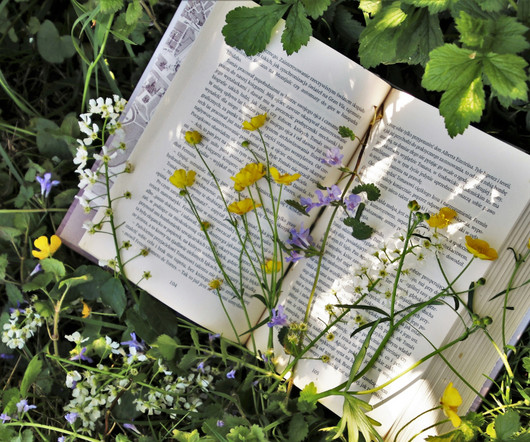Opinion: To Find the Future of Food, We Need to Look to the Past
Modern Farmer
FEBRUARY 20, 2024
Catastrophe loomed everywhere I looked: in the dust bowls on the once-fertile plains of central Turkey, in the vanishing lakes of Mexico City, in the fetid cesspools outside the factory farms of North Carolina, in the disease-ravaged olive trees of Puglia, in the rapid wiping away of diverse food webs in every biome.











Let's personalize your content